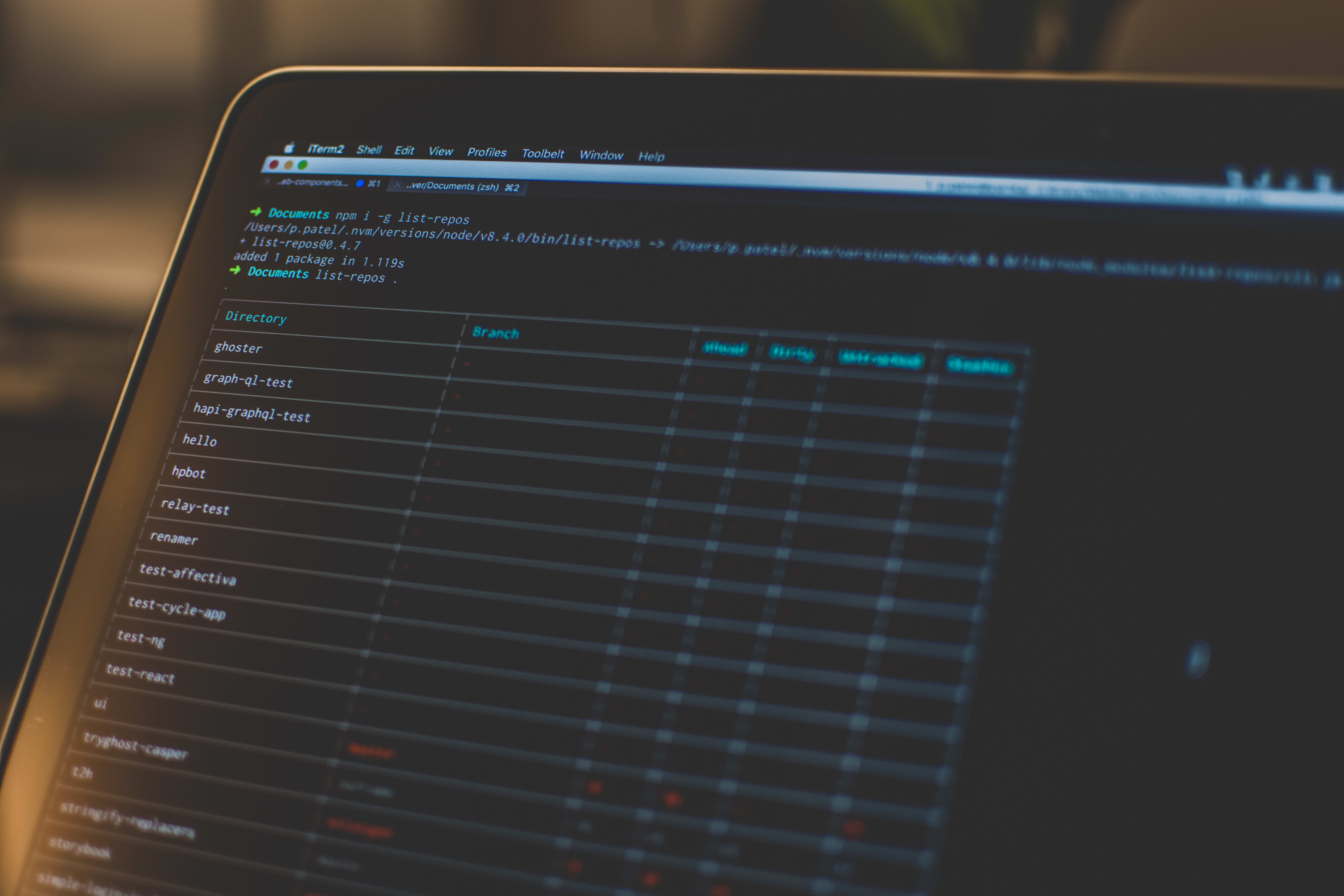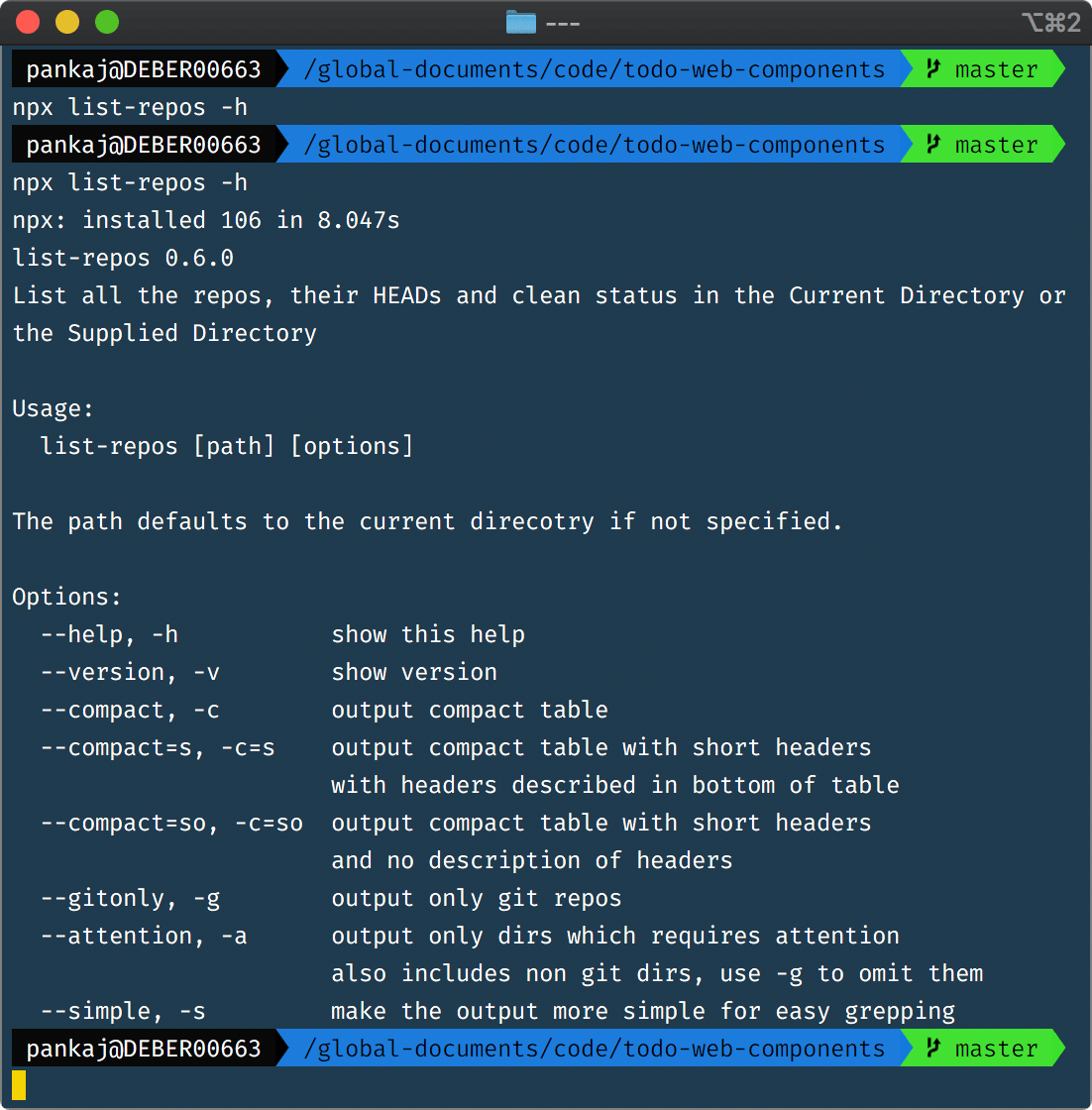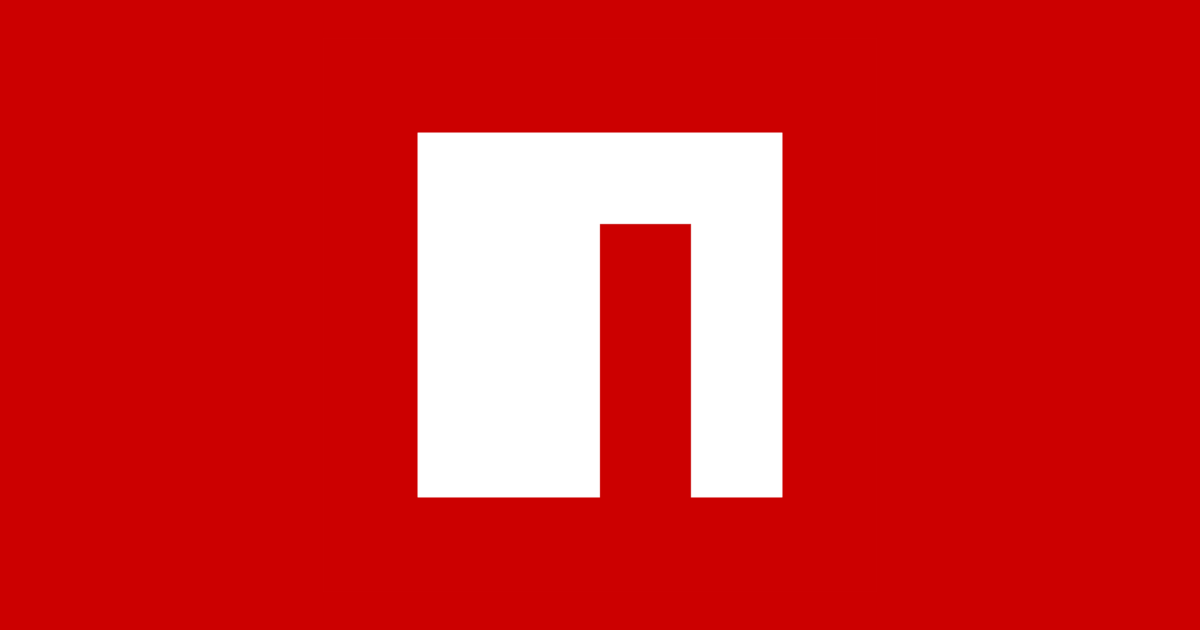NPX: work faster with npm package binaries
NPX is utility bundled with latest versions of npm that will allow you to execute any npm package binary w/o installing it globally, i.e. w/o 'npm i -g ...'

With Node.js, building CLI utilities and development tools have gotten so much easier.
Though, it also means that you need to install the CLI package on your computer globally, to use/execute that package as a regular bash command.
Like for example, a little while ago, I create a utility called list-repos which allowed me to check the status of the Git repositories in a directory. You can read more about it here:

list-repos does some cool stuff if you are working on so many open source projects with Git
I can ramble more about the utility I created, but that’s not important for this post here.
Important thing is that, to use this utility; you need to install it globally on your computer as the following command:
npm i -g list-repos
And then to use it, you need to execute the following command:
list-repos .. # from any project
list-repos # parent where all projects reside
Now with new versions of the npm, it installs another utility called npx
What is NPX?
This utility will allow you to execute any executable package without installing it globally.
This means that now you don’t need to fire npm i -g list-repos
How to use NPX?
So, how to use npx?
You need to provide the following things to npx:
- package name, let’s say
my-package - parameters that need to be passed to
my-package
This means that, for list-repos, all you need to do is to fire following command:
npx list-repos ..
Passing params bash style
You can pass the params to the binaries in a similar way you would pass the arguments to any bash utility.

A bit of the History
Originally, npx started in May 2017; it was a npm package installable as other npm binaries from

And now it is part of npm and installed by default.
So if your system says that npx is not found, you can
- either update the npm by
npm i -g npm - or just install
npxon current npm asnpm i -g npx
Using with NVM
If you are using nodejs with nvm, then it can be a bit tricky.
If you are using the npm version which internally supports npx
- moving to a version which doesn’t, then
- you can install npx manually
- or update npm on that node version
- moving to a version which does have npx
- then you can use it as usual
If you are using npm version which internally doesn’t support npm
- moving to a version which supports
- then you can enjoy using npx
- moving to a version which also doesn’t support npx
- then you can install node with flag
-—reinstall-packages-from=<from-node-version>; with new command as
nvm install v6.9.2 --reinstall-packages-from=v4.4.5
Few Hacks with NPX
Use aliases on your preferred terminal to assign some aliases to your favorite commands
alias lrs="npx list-repos"
If you have already installed any npm package globally on your computer, npx will pick it up from your global installation.
And if any package is added as a dependency in your node project and you are using npx in your npm scripts, npx will use the package form local dependency space i.e. node_modules
This give a chance to use packages like yarn, create-react-app or any similar binary always from the latest version.
(Almost) No need to reinstall the latest version and then retry to use the binaries.
Conclusion
npx is a cool utility to make use of in the daily development workflow. Though it still does not replace the globally installable package because if the package is not installed, npx will always take the package from the internet.
And which might not be a very happy case of
- Slow Internet Connection
- Inconsistent Internet Connection
- No Internet Connection for longer time
And also it takes some time to download the package and its dependencies to execute locally.
So let me know how would you make use of npx and what do you think about this article through comments ? or on Twitter at @heypankaj_ and @time2hack
If you find this article helpful, please share it with others ?; subscribe to the blog for new posts and see you the next time.



